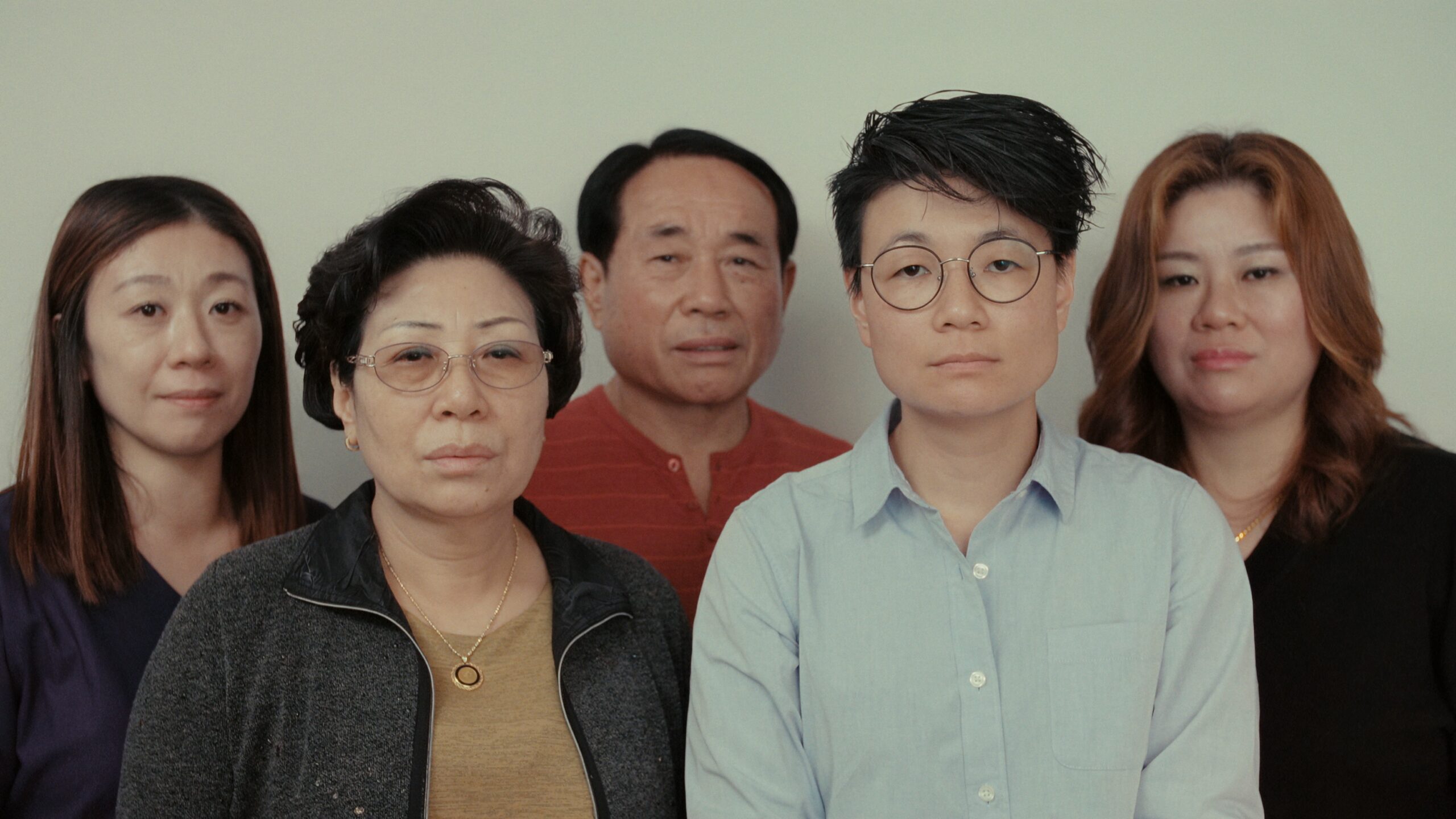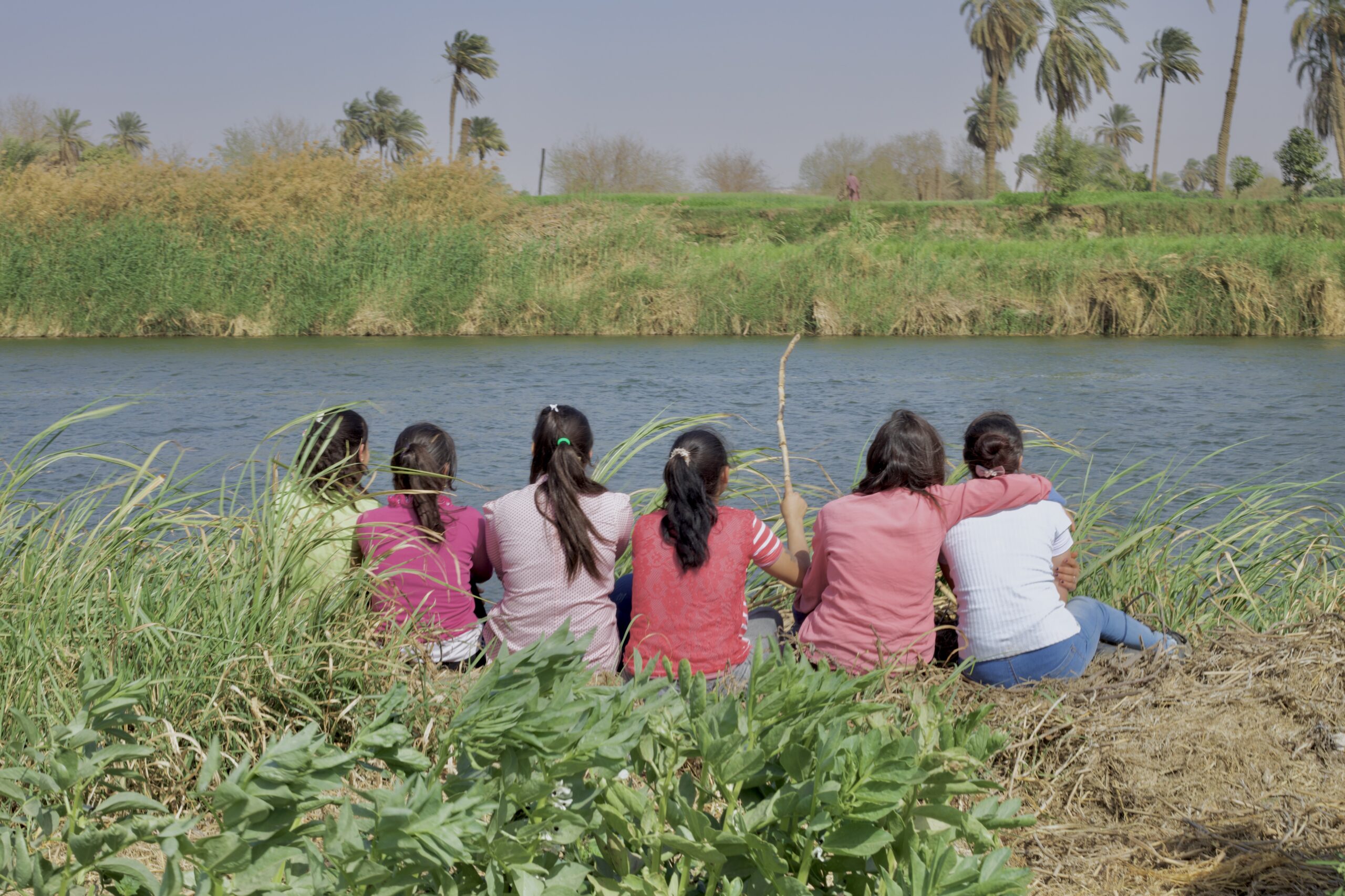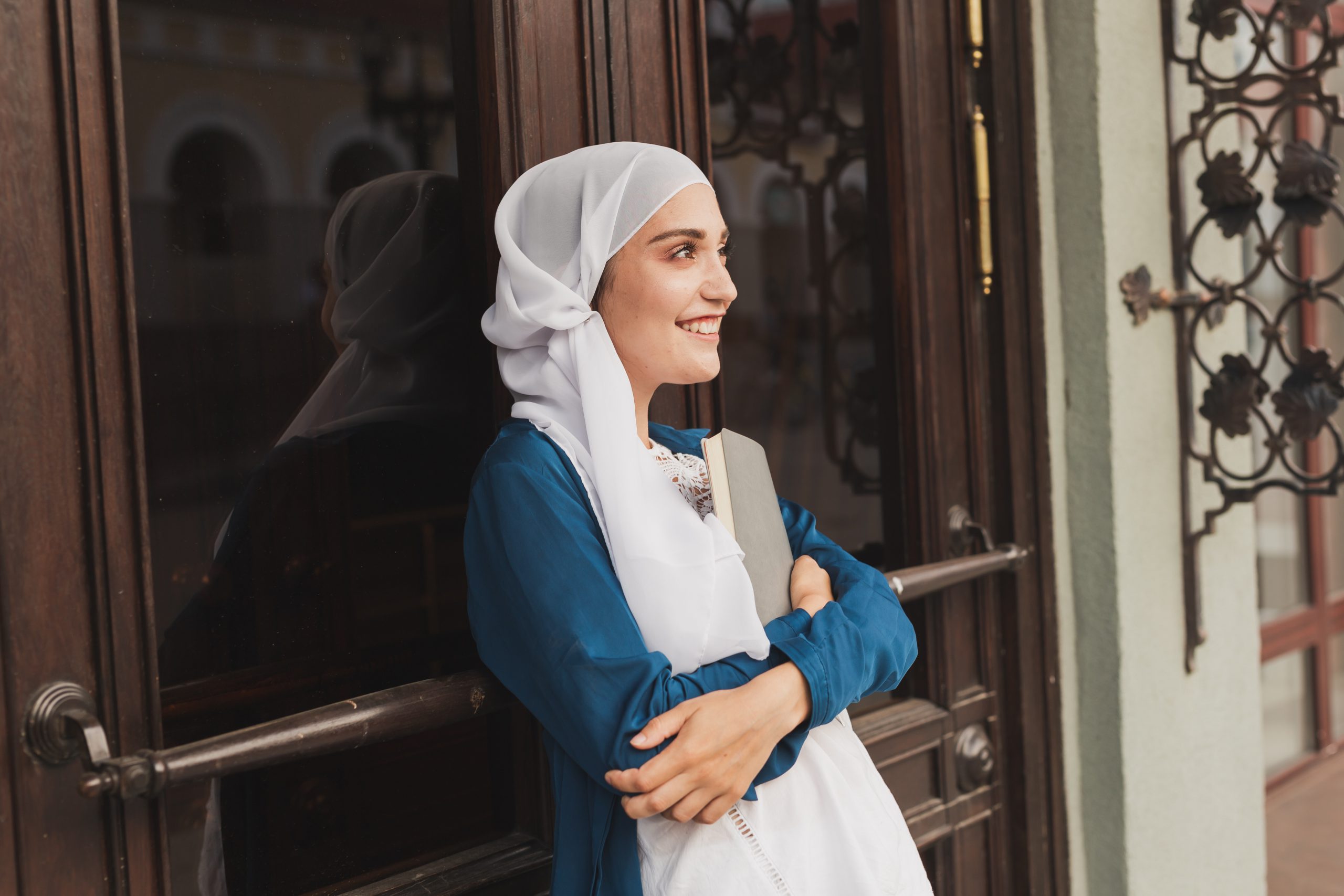Year after year, the Chicago International Film Festival’s documentary program features exceptional stories from around the globe. For its 60th year, the programming has shaped itself around the theme of legacy. It reflects sixty years of platforming emerging and established filmmakers alongside one another, creating a symbiotic system for their success in reaching new audiences.
It has been 30 years since the remote village in the Talysh Mountains of Azerbaijan had access to a public screening of a film; the elder-youth duo Samid and Ayaz are determined to change that. “The Return of the Projectionist” is thoughtfully directed by Orkhan Aghazadeh; not only does the film follow a traditional, suspenseful narrative arc, but it’s also paired with stunning cinematography. At times, the story and visuals are so compelling that I had to remind myself that the film is a documentary, not a narrative feature with fictional characters.
Throughout the film, we witness the triumphs and tribulations of the teenager Ayaz’s filmmaking. Amidst filming “The Return of the Projectionist,” the Ukrainian-Russian conflict begins to intensify, and Ayaz, although newer to filmmaking, understands the power of creating stories with the purpose of reaching a wider audience. With the support of Samid, the two combine their traditional and innovative methods to record sound effects, create a homemade projector, and plan to successfully show a movie to their village (or bring the village to the movie). Although the film’s main subject is Samid, there are highlights of universal elements to this story that reverberate throughout. Early into the runtime, Samid gathers with some of the other elders at a local bar to discuss watching movies in their youth, each of them rejoicing over feeling in their twenties again when they hear the hum of the projector, surrounded by others in a theater.
There is an overlooked privilege regarding our access to good cinemas, diverse film programming, and reliable technology. Love for film is often everlasting, but experiencing cinema while in a community with others is what keeps one young; it keeps the mind sharp with new perspectives. With the “Field of Dreams” mentality of “if you build it, they will come,” Samid actualizes his desire to create communal experiences aided by the power of movies. From climbing a mountain through the snow to obtain a signal so they can order a projector bulb to building the handcrafted screen and frame, the duo’s love for films and filmmaking burns bright enough for them to overcome any obstacle and warm audiences’ hearts while doing so.

First-time director Jota Mun explores a story close to home in “Between Goodbyes,” as a few Facebook messages spiral into a familial drama that captures themes of identity and what it means to call a place, or people, home.
In 1982, two Evangelical Christians in the Netherlands adopted Mieke from South Korea. Up until 2002, she never considered looking for her birth parents, and then, they reached out to her. At the time of her adoption, Mieke’s mother, Okgyun, felt societal pressure due to the Korean population issues; to this day, Okgyun begs for forgiveness.
While the film’s footage spans a few years, from before the COVID-19 pandemic through 2021, archival photos and footage show Mieke and her parents reuniting in 2002 in the Netherlands, 2016 in South Korea, and again in 2021 in South Korea. Confessional-style interviews with Mieke are peppered throughout the film, detailing personal feelings and reflections on her journey of reconnecting with her birth parents and birth culture. The language barrier mostly fuels Mieke and her birth family’s emotional disconnect; regardless, acceptance of one another remains clear both during and between reunions.
Mun, a fellow queer Korean-adoptee, handles this sensitive story with such care, being able to provide their main subject with solace while still shaping the narrative in a manner that properly underscores the interwoven layers that Mieke has to navigate. “Between Goodbyes” holds space for a parent’s guilt and shame while simultaneously capturing the feeling of confusion and a longing for a sense of true self. It provides a well-rounded perspective that, despite understanding the flaws of our parents, our feelings as children only grow in complexity as we age and attempt to forge a family of our own. Ultimately, the concept of a “nuclear” childhood has begun to die out, and Mun successfully shows this experience while providing a glimpse into the grieving process of what it is like to recreate something that never existed.

The distance of a dream does not lessen its significance. In “The Brink of Dreams,” directors Nada Riyadh and Ayman El Amir spotlight the Panorama Troupe, a local street-performance theater troupe composed of all-girls in a small village near Al Barsha, Egypt, over four years of transformation from girlhood to womanhood.
Despite the deeply rooted misogyny these girls face, they gather after rehearsals and performances to laugh at the negative comments they hear from friends, family, and others in the community. In these moments, the group’s resilience reaches the audience; to make light of tough situations through comedic remarks is a universal human reaction to keep us going. As their stories unfold, there are glimmers of hope yet subtle signs that their dreams are still at stake.
At a certain point, we lose insight into the lives of two of the main performers; the censorship of their freedom due to familial, marital, and religious commitments is directly felt on screen. Riyadh and El Amir’s understanding of their privilege to have such an intimate relationship with these girls and their lives is evident through remaining true to an unfiltered glimpse into just some of the hardships and accomplishments; they understand that by doing this, they are swinging the pendulum closer to the troupe living out their dreams.
At the North American premiere of “The Brink of Dreams,” the directing duo was fortunate enough to be joined by several of the film’s subjects: Madja, Haidi, Monika, and a few members of previous cohorts of the Panorama Troupe. Documentaries often leave audiences wondering, “Where are they now? ” Hearing from the group directly illustrates their exponential growth, and another glimmer of hope ripples through the audience.




